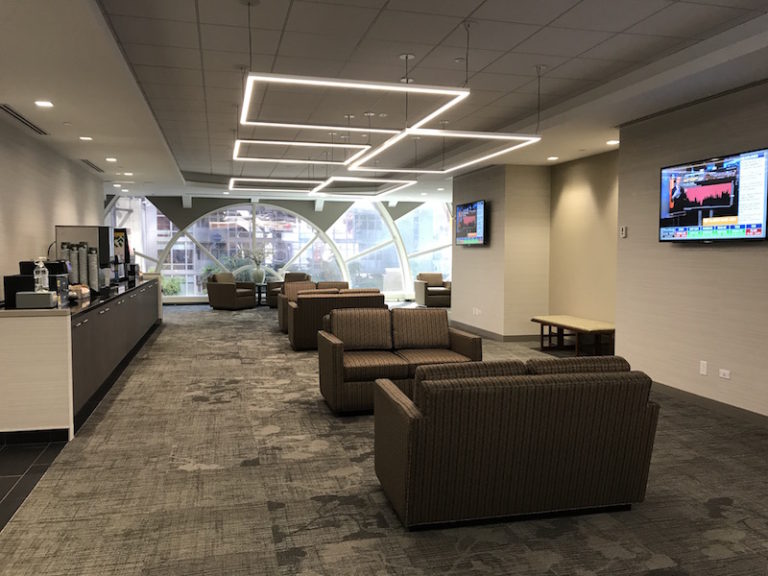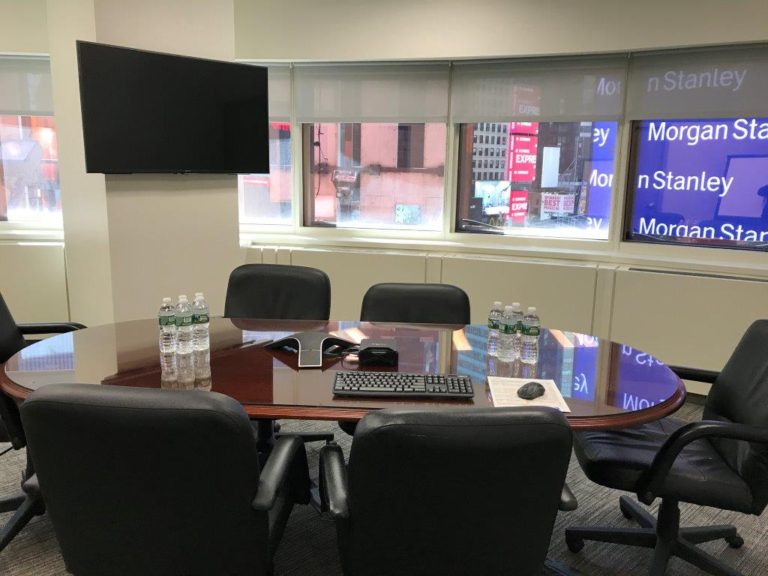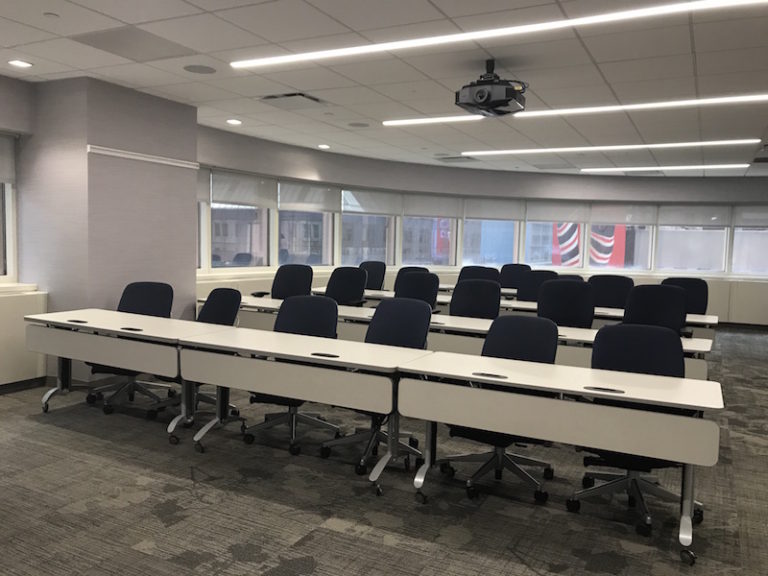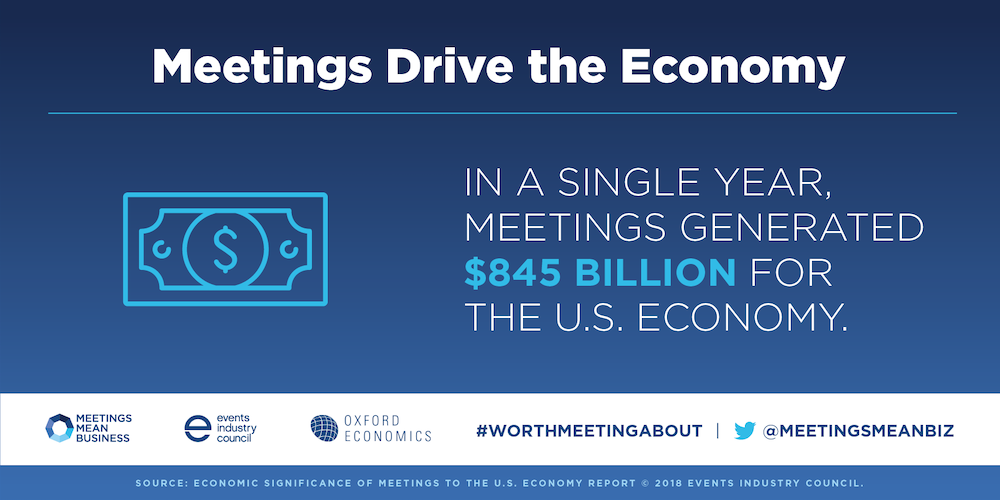Time is the most precious resource we have, but too many distractions threaten to slow down progress and steal time. If you want to make the most effective use of your time, you’ll have to learn how to avoid distractions and maintain momentum.

Identify and Remove Distractions
Covey’s Time Management Grid is a four quadrant grid that divides the things that take up your time based on their urgency and importance.
- Quadrant 1: Urgent and important (like an approaching deadline or family emergency.)
- Quadrant 2: Not urgent but important (like a long-term professional or personal goal.)
- Quadrant 3: Urgent but not important (favors or tasks other people want you to do urgently.)
- Quadrant 4: Not urgent and not important (like watching television or browsing social media.)
It is ideal to remain in quadrant 2 as much as possible. The more Q3 and Q4 activities you can avoid, the less time you’ll spend scrambling in Q1. Remove unimportant distractions by:
- Learning to Say “No.” Most people can avoid the majority of Q3 activities by simply learning to set boundaries and not feeling guilty about them.
- Record your thoughts and activities. Entrepreneur.com reports that tracking the use of your time is a great way to see where your minutes are going. Once you understand where your time is going, you can identify what’s wasting it.
Build and Maintain Your Momentum
One of the best ways to make the most of your time is to not procrastinate in the beginning waiting on perfect circumstances. According to Business Insider, it’s better to get working in the beginning, and worry about quality later. Once you get the ball rolling, it’s important to keep it rolling. A few things you can do to maintain your momentum are:
- Keep your mind on the task at hand, and worry about your long-term strategies later.
- Split your project into smaller tasks to build momentum and progression.
- Your mind can wander when your tired, so be sure to start the day with your biggest tasks.
Keep It Simple
Making things simple is a great way to progress and keep your momentum going. AMA’s Executive Conference Centers have flexible configurations for up to 240 people and are uniquely tailored for training sessions, meetings, and more. Contact us to learn more.









